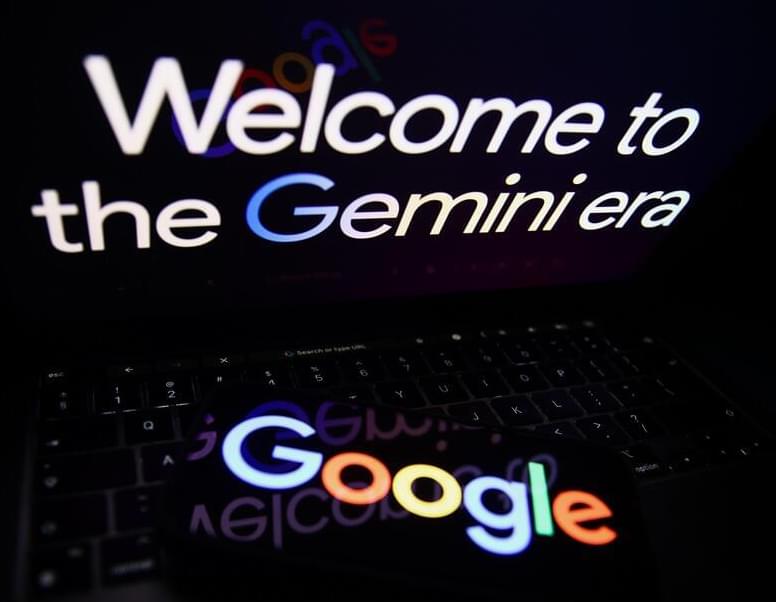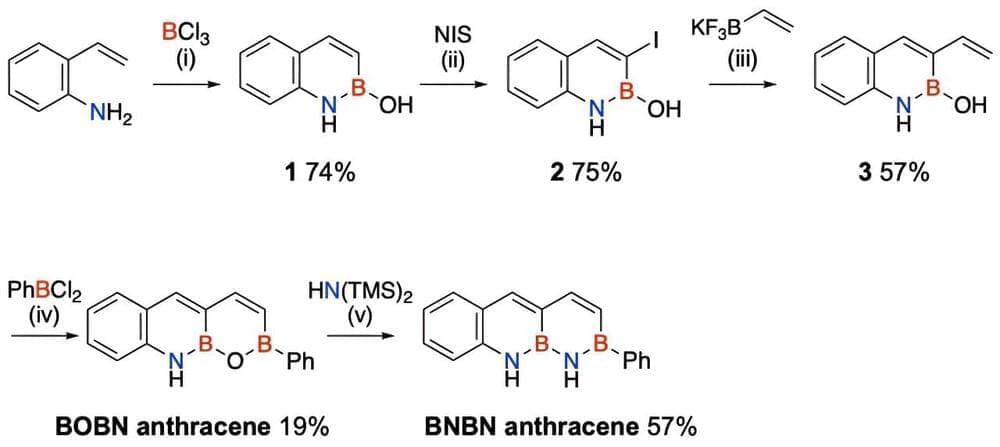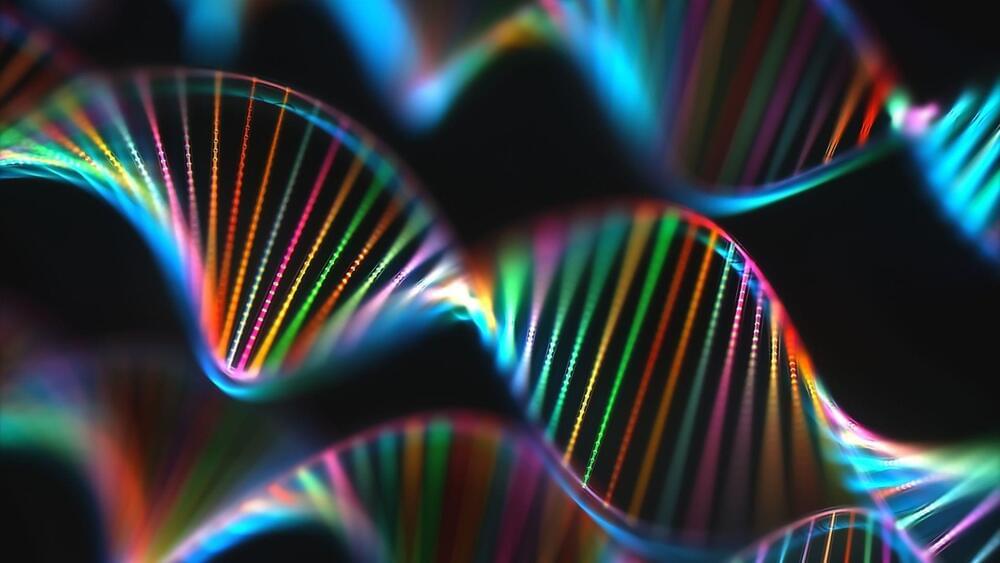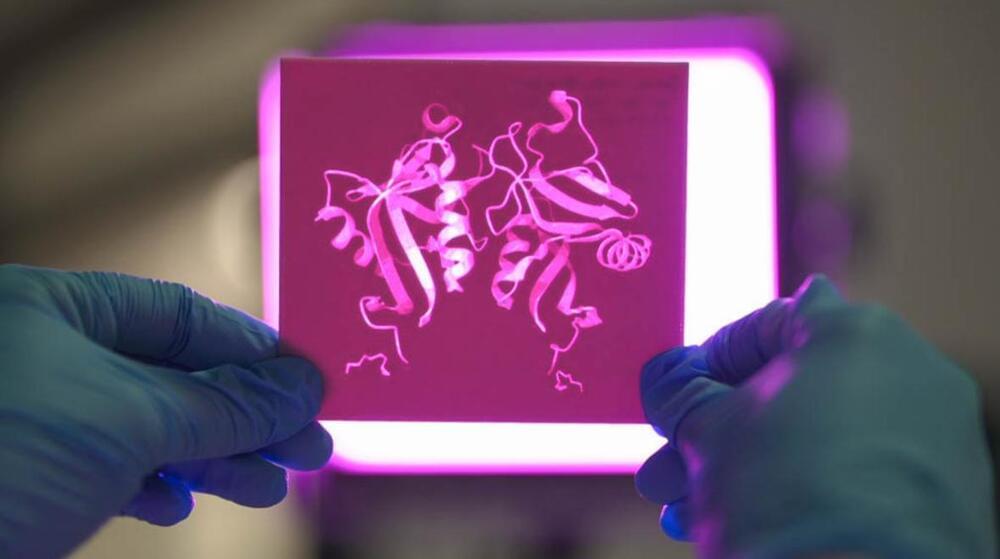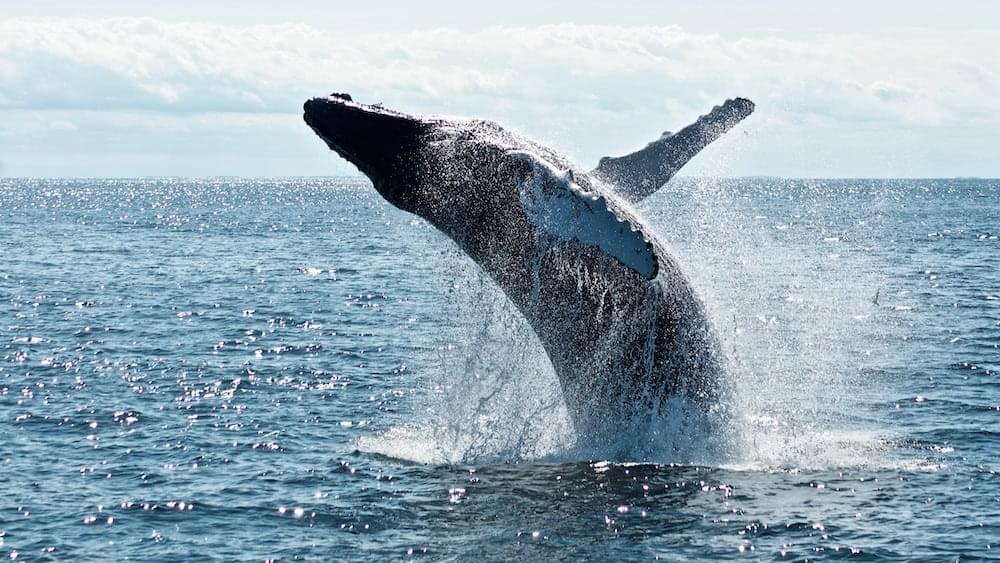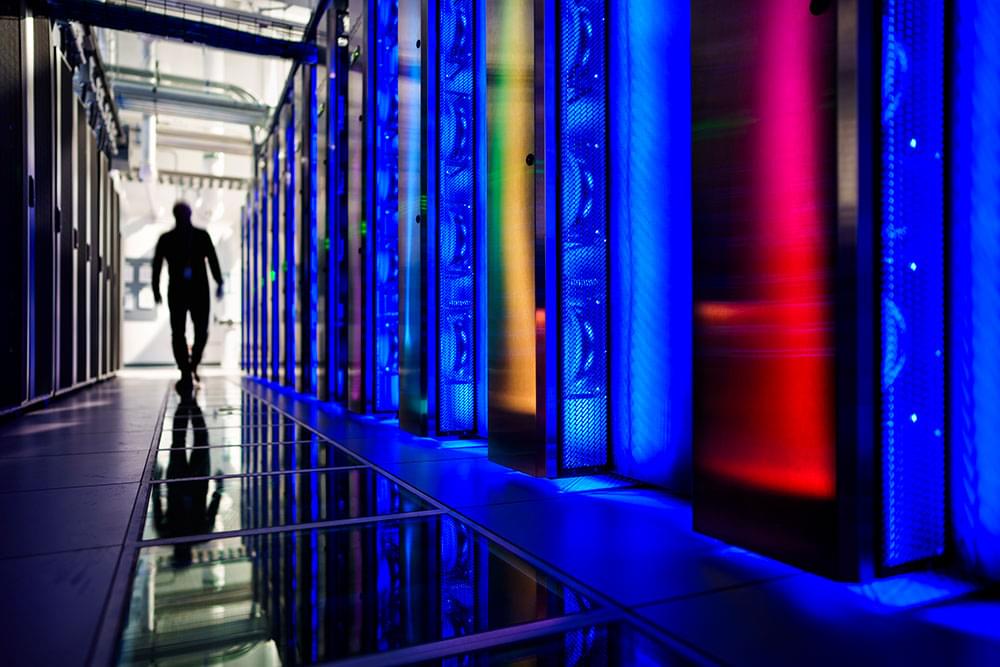This week, Google rocked the technology world with the unveiling of Gemini — an artificial intelligence system representing their most significant leap in AI capabilities. Hailed as a potential game-changer across industries, Gemini combines data types like never before to unlock new possibilities in machine learning.
With three distinct versions tailored to different needs, Gemini points to a future powered by AI that can match and even outperform human intelligence. Its multimodal nature builds on yet goes far beyond predecessors like GPT-3.5 and GPT-4 in its ability to understand our complex world dynamically.
As Google sets its sights on real-world deployment, Gemini prompts critical ethical questions around responsibility and safety. If leveraged conscientiously, its potential applications span from mundane productivity tasks to world-changing scientific breakthroughs.
